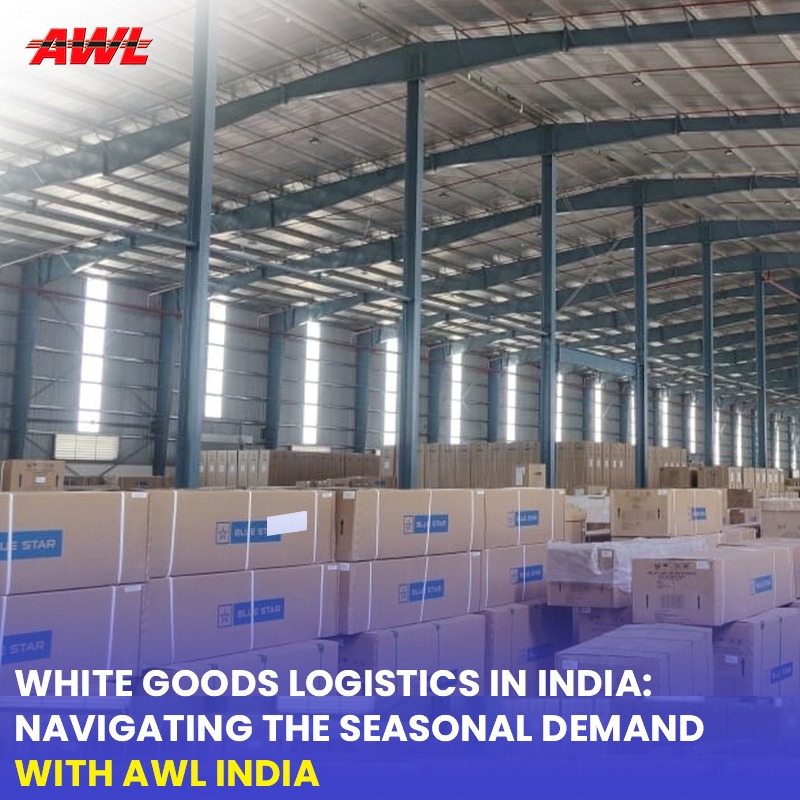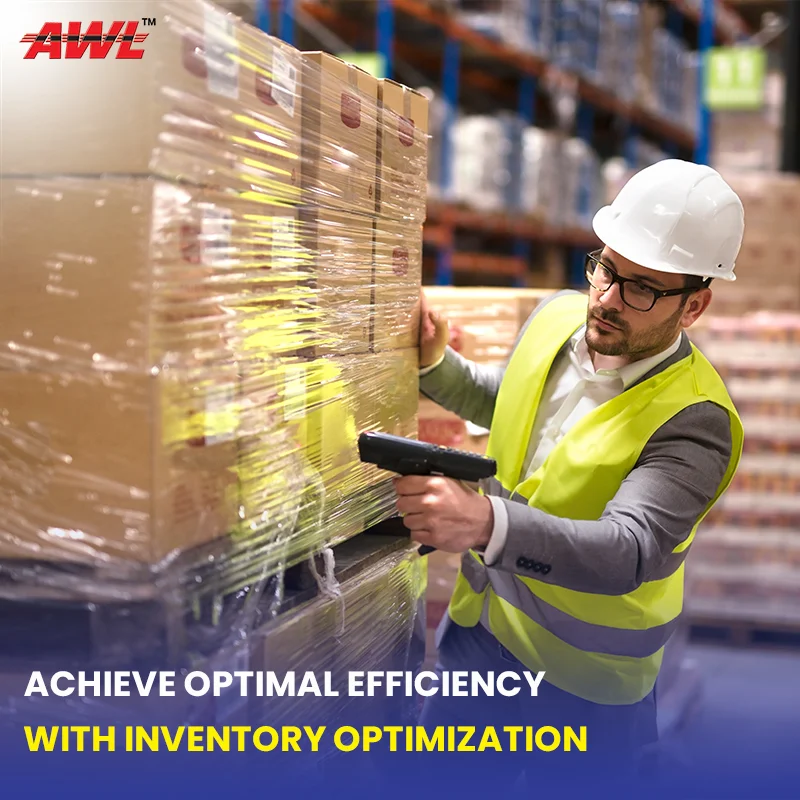

In today's rapidly changing climate of the entire logistics and warehousing industry, effective inventory management and supply chain efficiency are critical to preserving a competitive advantage and achieving customer expectations. AWL India, with its expertise in supply chain and inventory management along with their commitment to innovation, is ready to assist businesses in dealing with inventory optimization and quality difficulties. This blog discusses the crucial role that efficient inventory planning plays in enhancing business efficiency and profitability. Join us as we find actionable insights and practical inventory optimization tips. Whether you are a small or large organization, AWL India Pvt Ltd is your trusted partner in maximizing the potential of your supply chain through inventory optimization.
Inventory optimization is a term that is frequently used and abused. However, according to supply chain professionals, their ideal inventory optimization is also not enough at times to stay ahead of the market competition. However, attaining true inventory efficiency entails considerably more than just lowering stock levels or boosting turnover. This comprises a comprehensive strategy that takes into account a variety of elements such as demand variability, lead times, and customer service standards. Supply chain managers emphasize the need of coordinating inventory quality efforts with overall corporate goals and market growth.
Furthermore, in today's fast-paced and dynamic market climate, successful implementation of classic inventory management systems may fail to keep businesses ahead of competitors. To compete, firms must take an agile, data-driven approach to inventory management. It employs advanced analytics, real-time demand data, and collaborative forecasting methodologies to rapidly adjust to changing market conditions and client preferences. Specifically, while inventory is vital, its effectiveness is dependent on ongoing change, innovation, and operational adaptability to the changing needs of the business and market.
Inventory optimization determines the appropriate level of inventory to keep, given all available information. It weighs the cost of running out against the expense of having too much and finds a middle ground. It does not imply that you will never run out of waste; it simply implies that you have struck the proper balance. Moreover, supply chain specialists understand this as a theoretical idea, but how useful is a precise optimisation calculation in practice?
One reason this strategy isn't used more frequently is the erroneous belief that inventory is largely, if not solely, a forecast accuracy topic: “If only we knew for certain what demand was going to be, we would have ideal stocks. If we don't have optimal inventories yet, it's because our projection was incorrect.” However, this kind of thinking prevents organizations from realizing their full potential. Most demand is unpredictable, and optimized inventory will be calibrated to account for this variability. The fundamental question is: do you genuinely grasp how unpredictable your demand is, and is your inventory management strategy optimized for it?
In many other supply chain disciplines, it is common practice to study the past to gain lessons for the future. If you wanted to improve on-time in-full (OTIF) delivery to your clients, you would begin by analyzing current and prior performance, and then use that information to make adjustments. This is why inventory optimization approaches that simply look forward as part of the planning cycle fail to capture the entire picture. You cannot use them to drive root cause analysis or to calculate how near to ideal you are. Each planning cycle attempts to bridge a gap between current inventory and forecast requirements, which is then rewritten in the subsequent cycle.
Calculating what good looks like is especially important for organizations that have reached a high level of inventory optimization maturity. In the absence of an objective assessment of how close you are, organizations rely on unanchored key performance indicators such as inventory turns or cover. These are useful for continual improvement, but they do not start with an objective understanding of what is required. Instead of setting a top-down aim of 10% improvement per year, a grounded bottom-up computation will provide a considerably broader range of possibilities. This is especially beneficial for evaluating where the best opportunities are within your network. The site with the most turns is not always the closest to optimal.
Furthermore, calculating how close to ideal your stocks are will not automatically optimize them. But without that visibility, you're flying blind. Being able to quantify and track the difference between your inventory levels and optimal levels provides you with a clear sense of potential, a foundation for driving development, and a handy tool for dealing with future uncertainty.
In conclusion, implementing robust inventory optimization strategies is paramount for businesses aiming to thrive in today's competitive landscape. By leveraging advanced inventory management techniques, such as demand forecasting, JIT inventory systems, and ABC analysis, companies can achieve optimal efficiency throughout their supply chains. AWL India Pvt Ltd understands the critical importance of streamlined inventory planning and supply chain management in driving operational excellence and meeting customer demands effectively. With a focus on continuous improvement and innovation, AWL India is committed to helping businesses maximize their potential through tailored inventory optimization solutions. Embracing these practices not only enhances productivity but also fosters resilience in the face of evolving market dynamics, positioning organizations for sustained success in the long term

